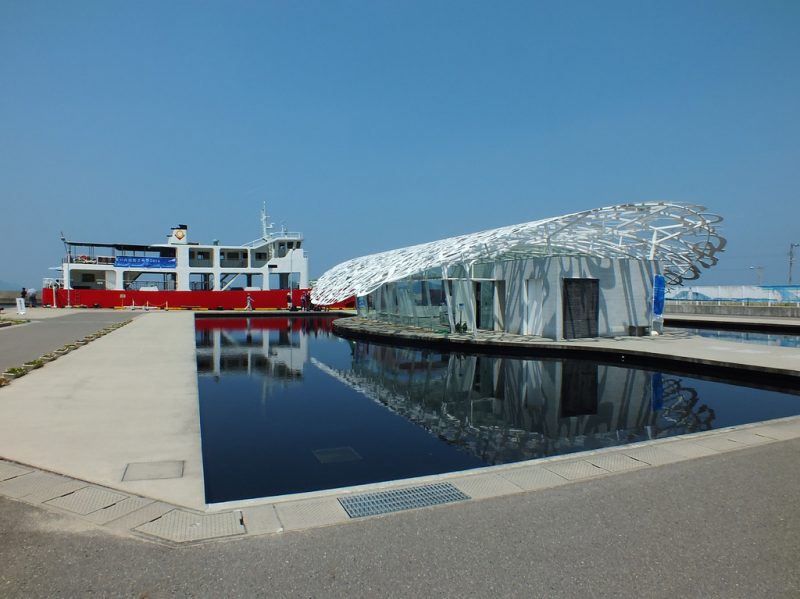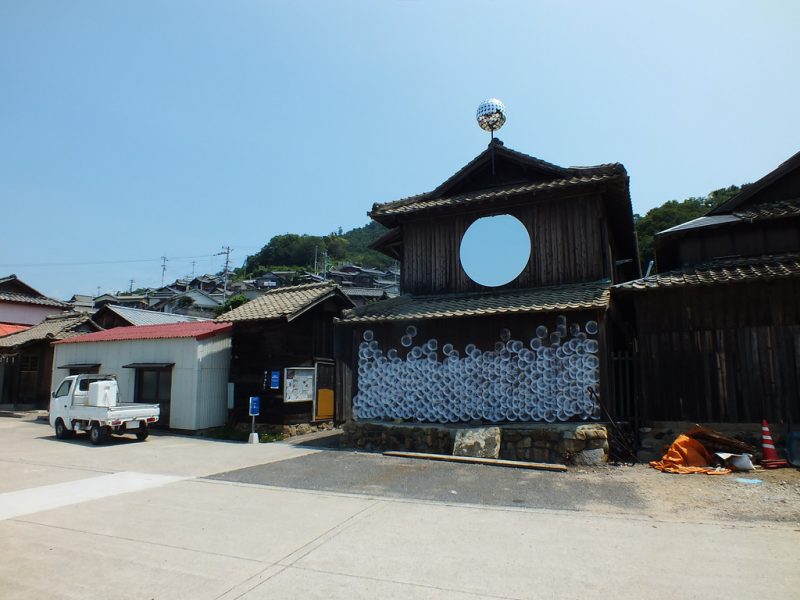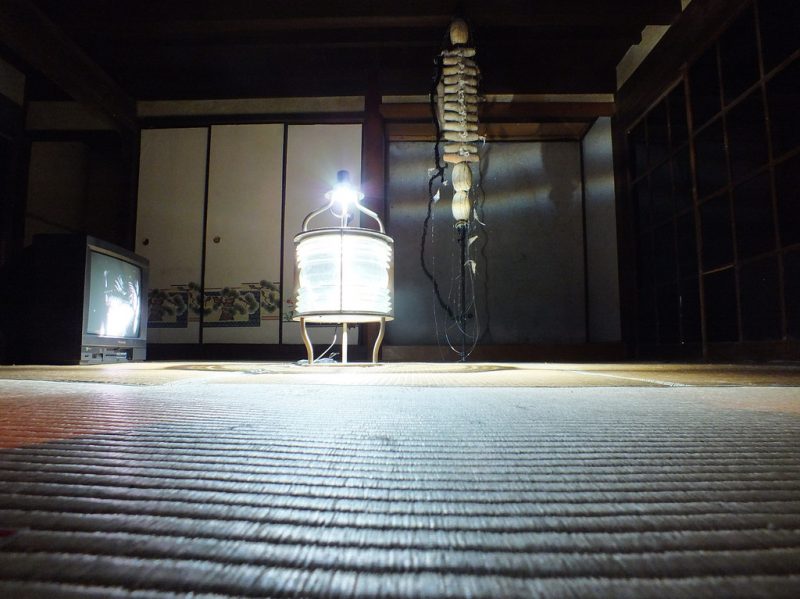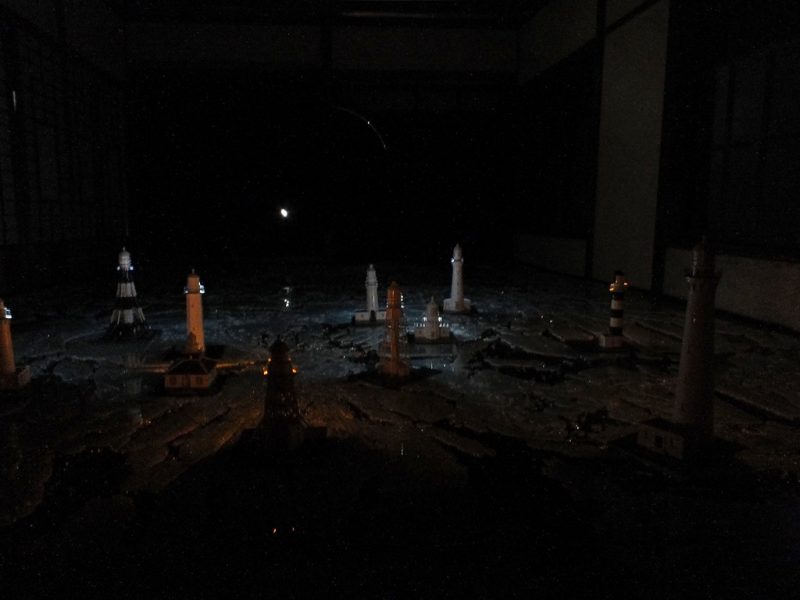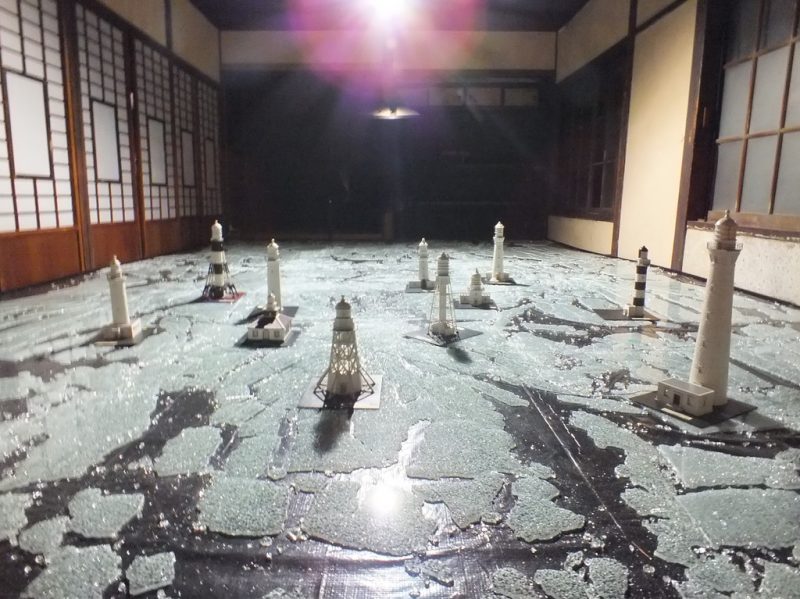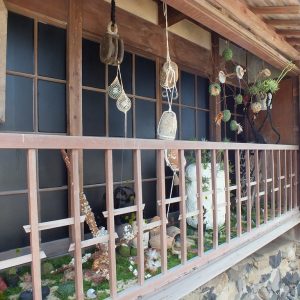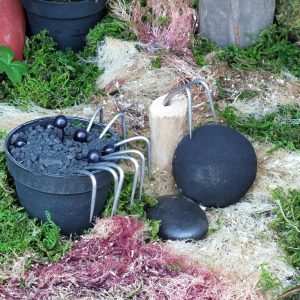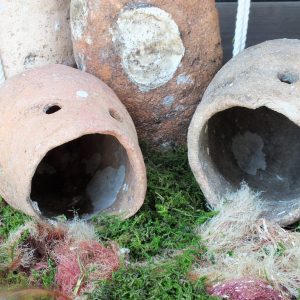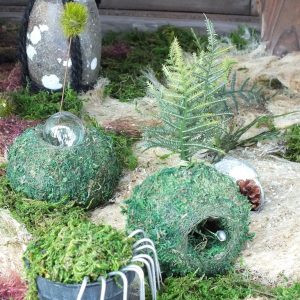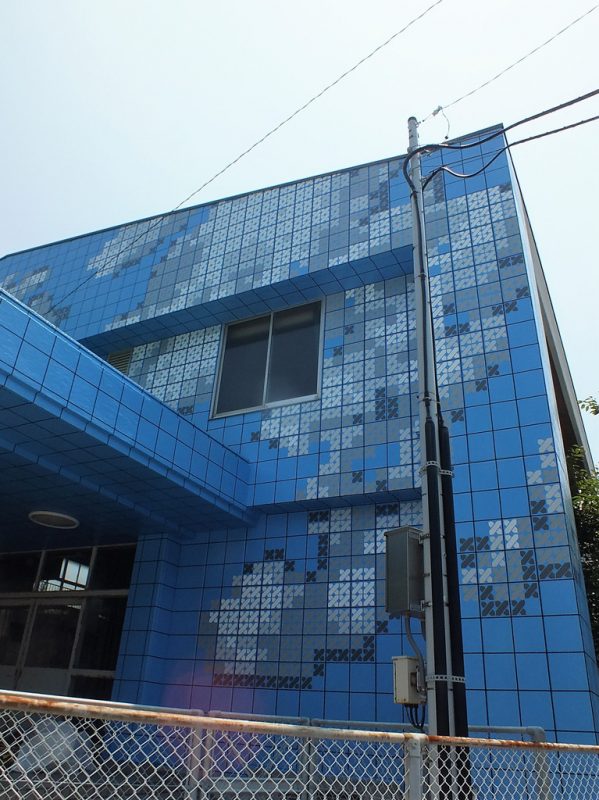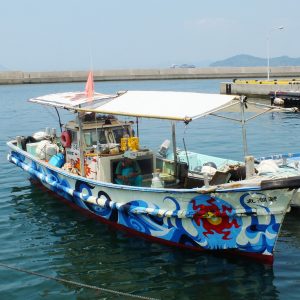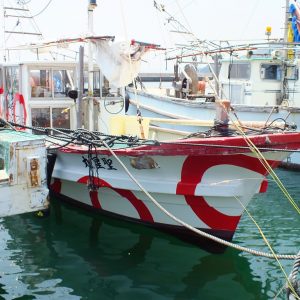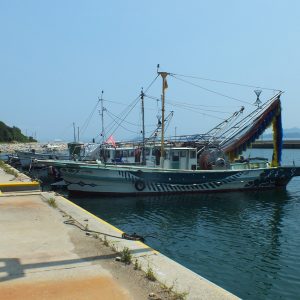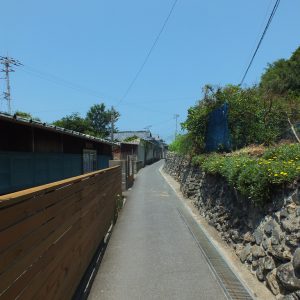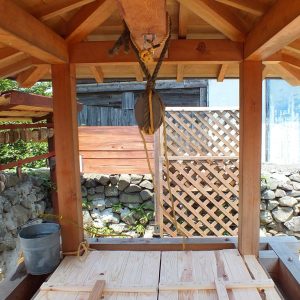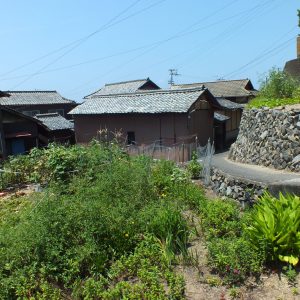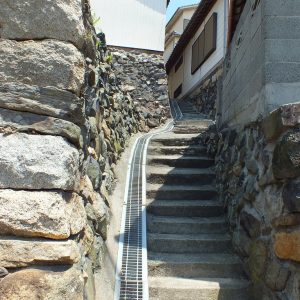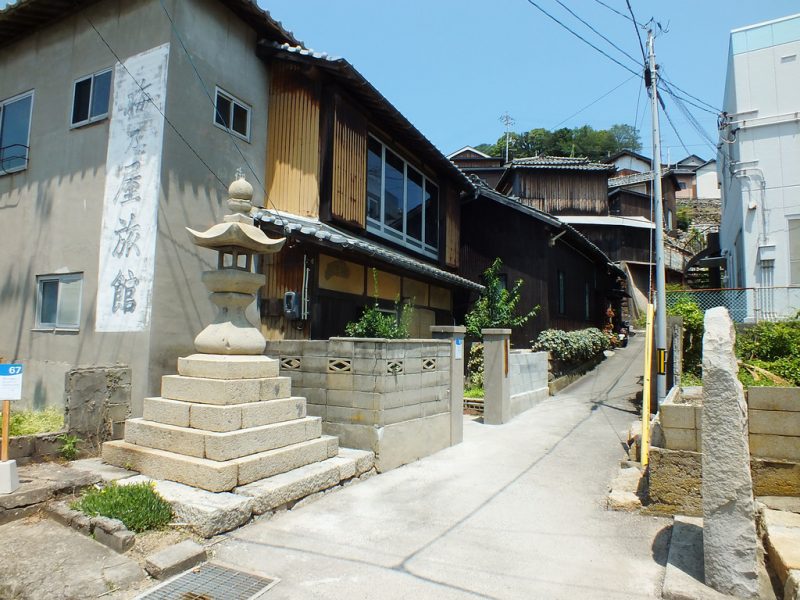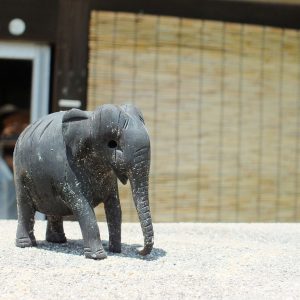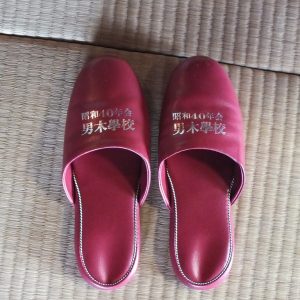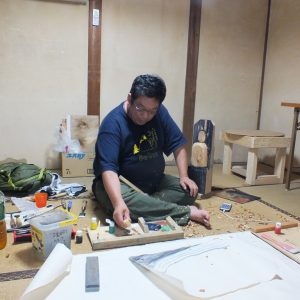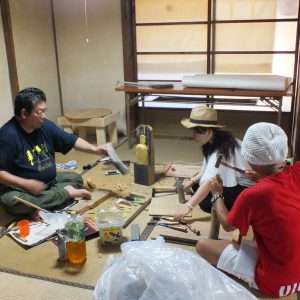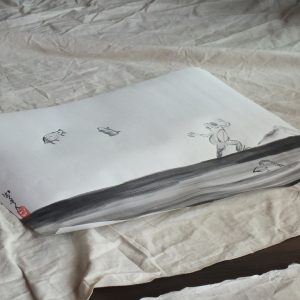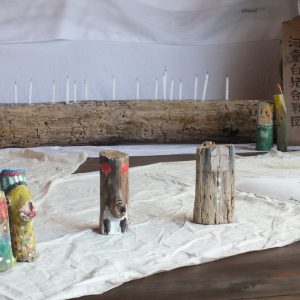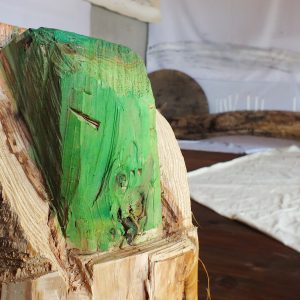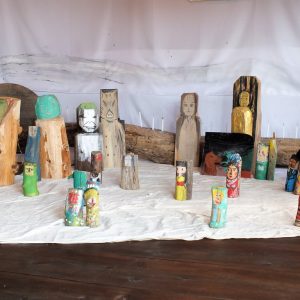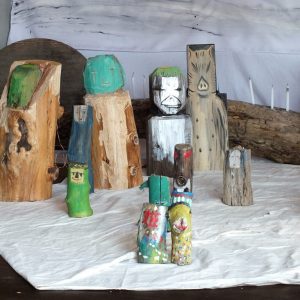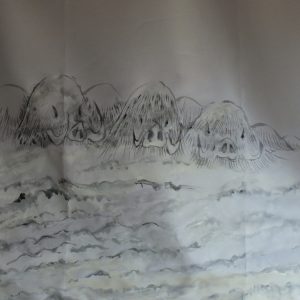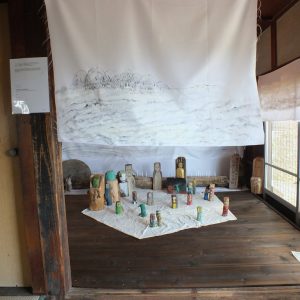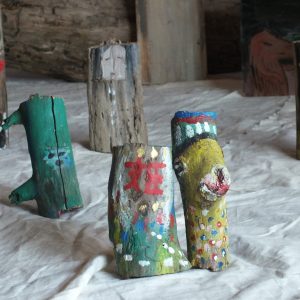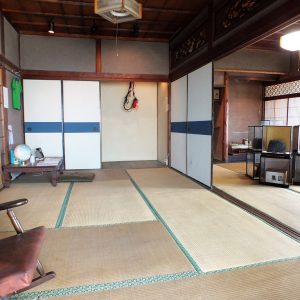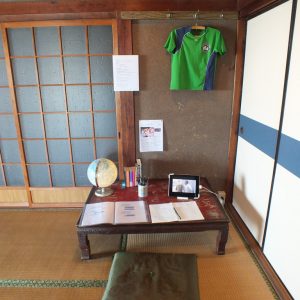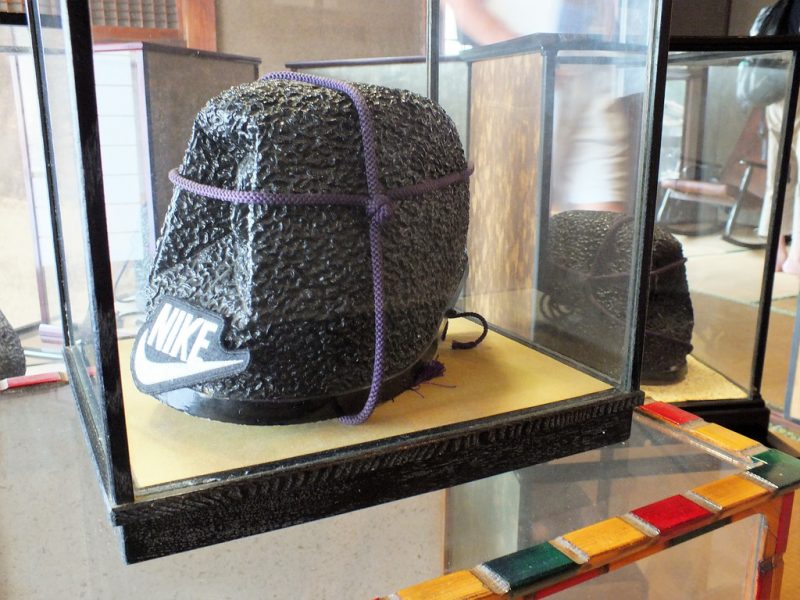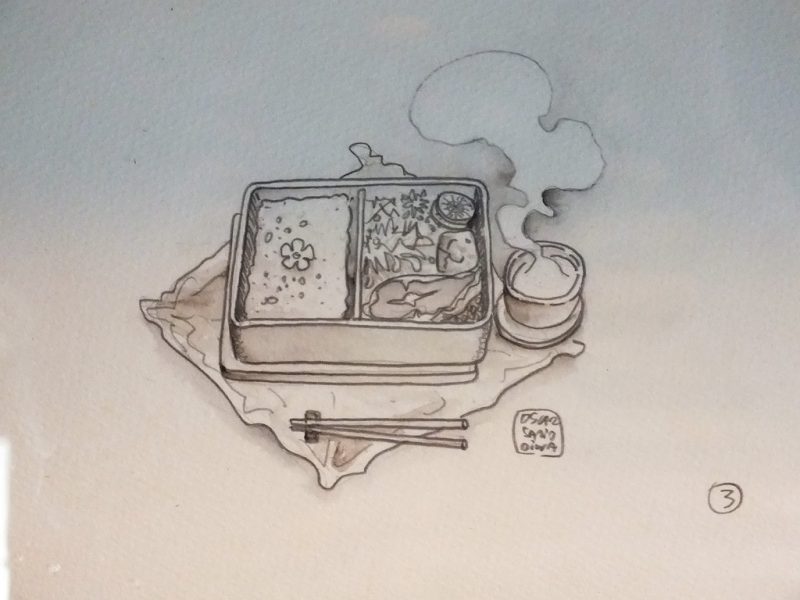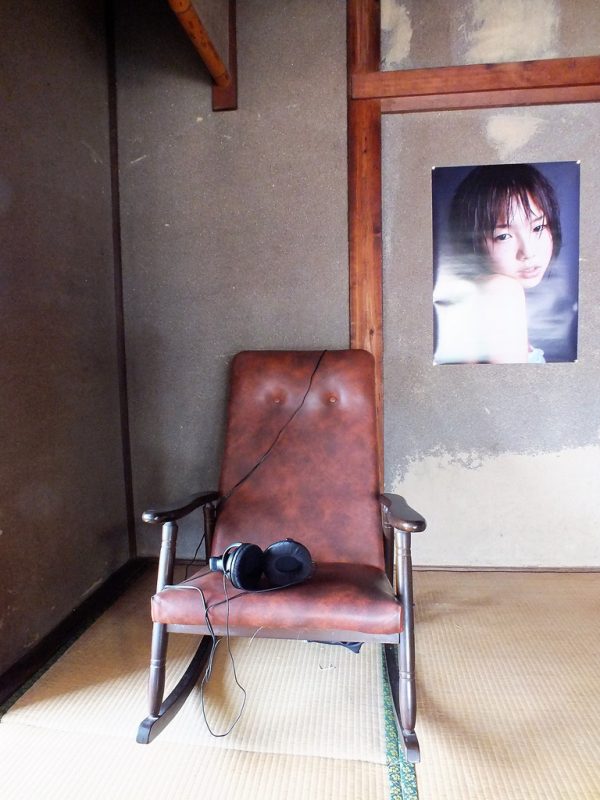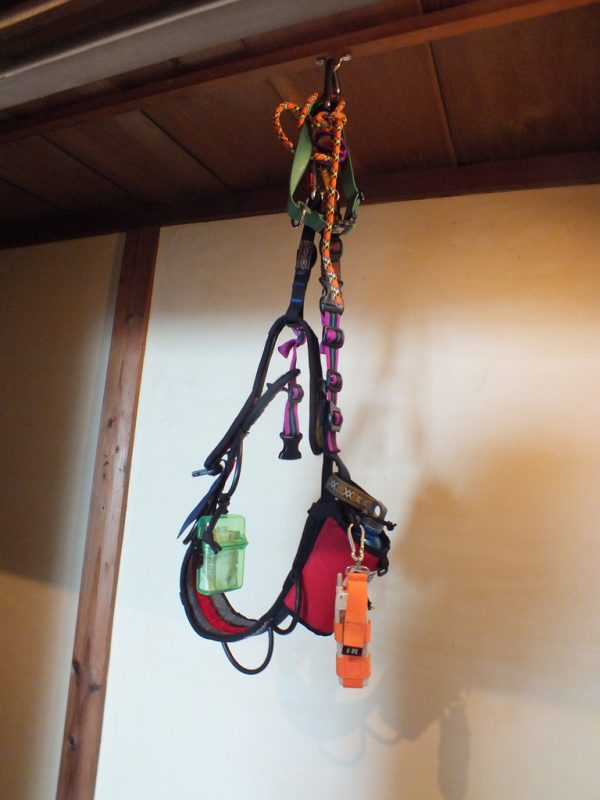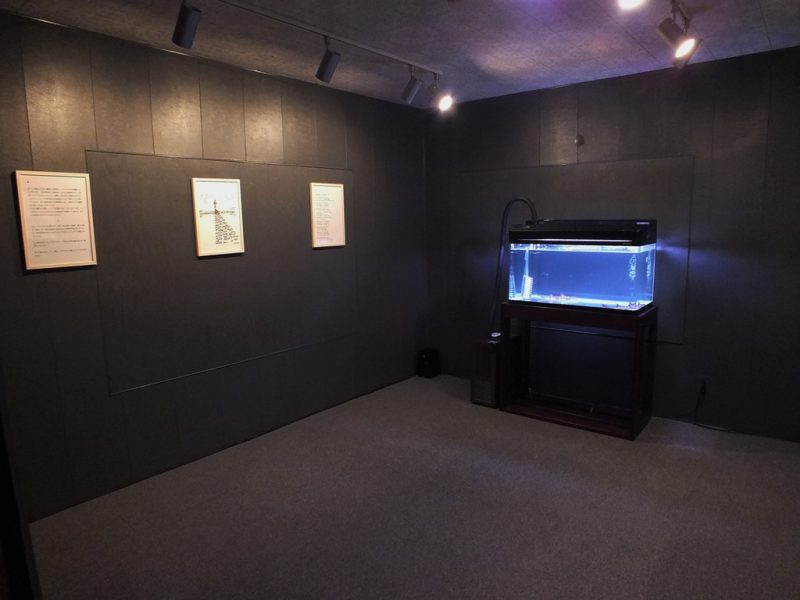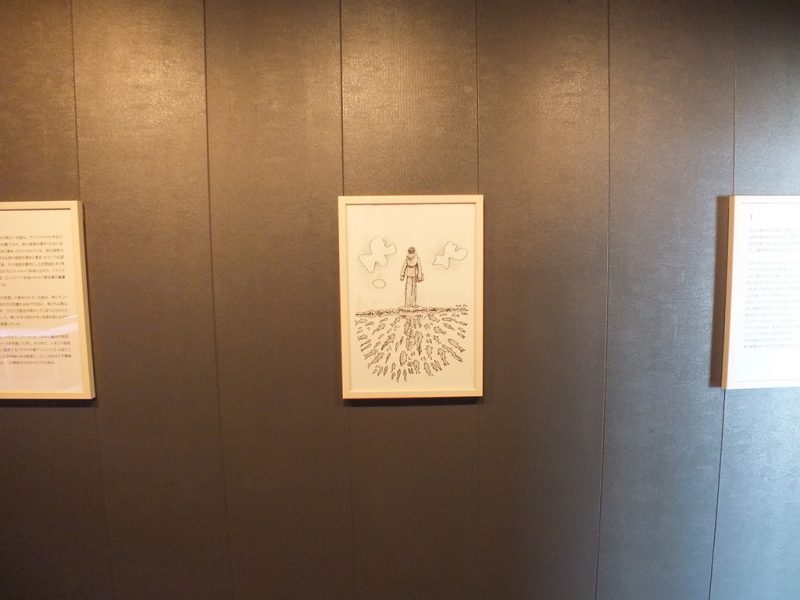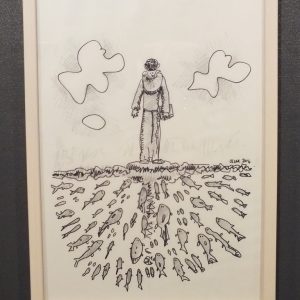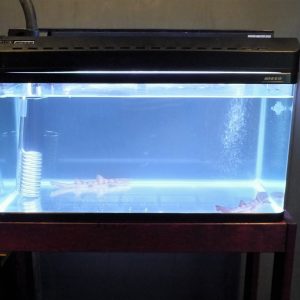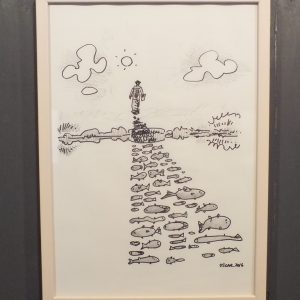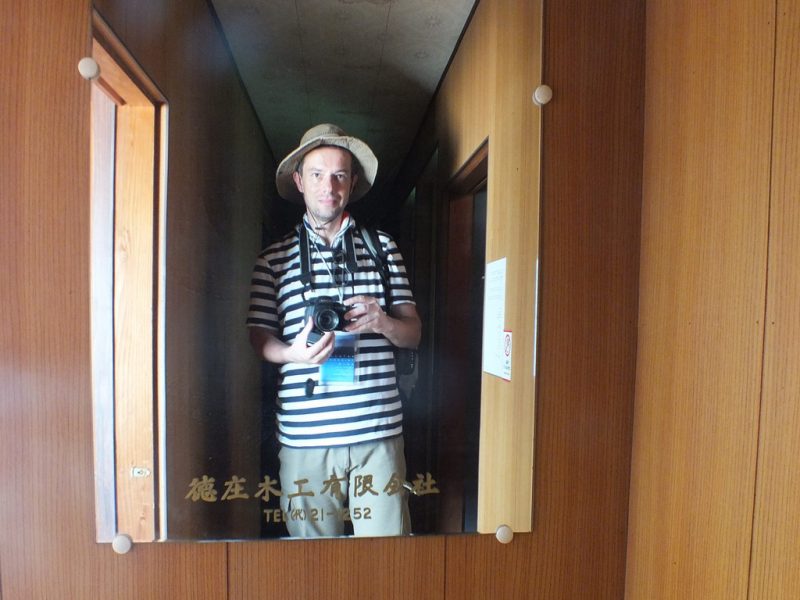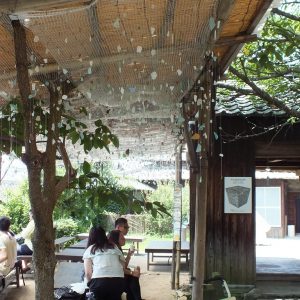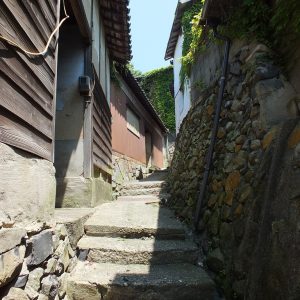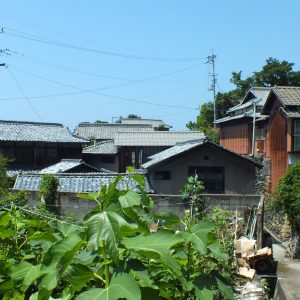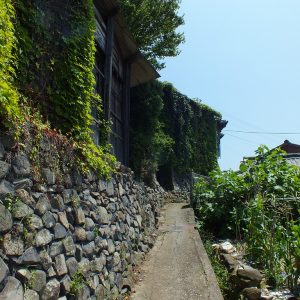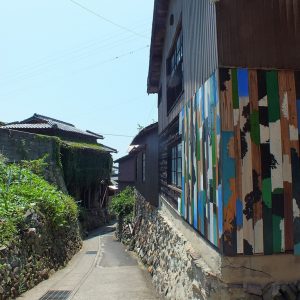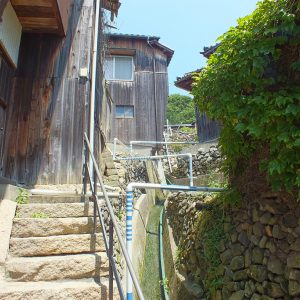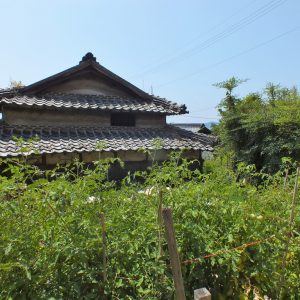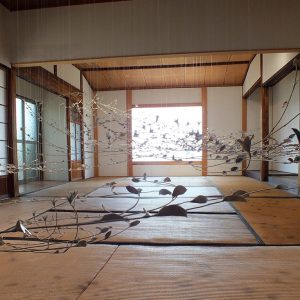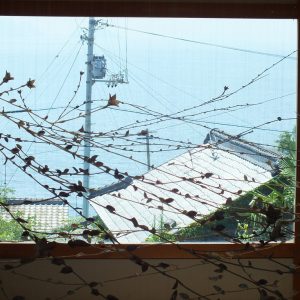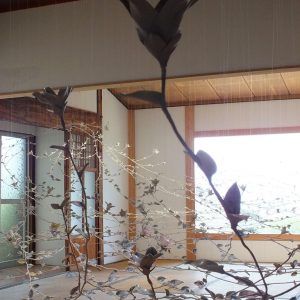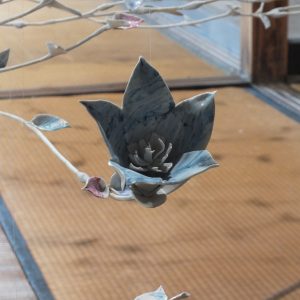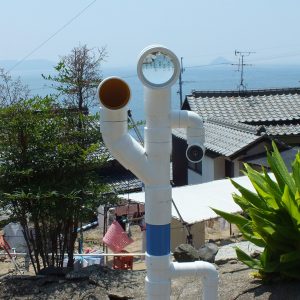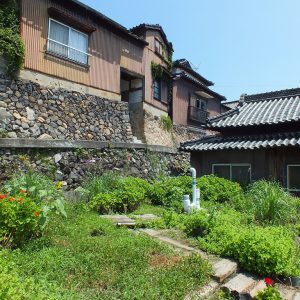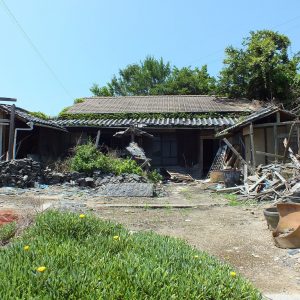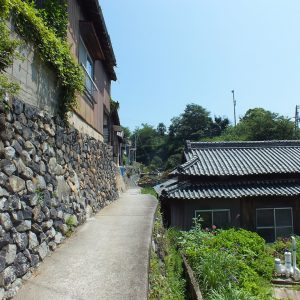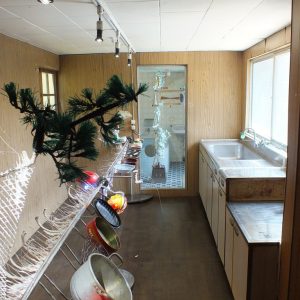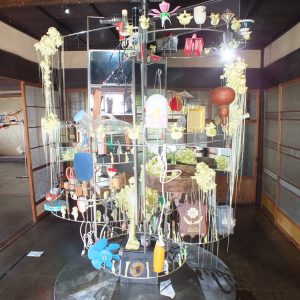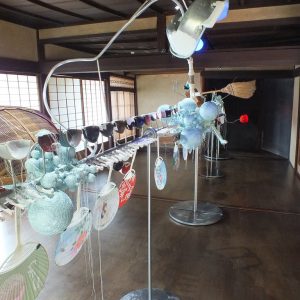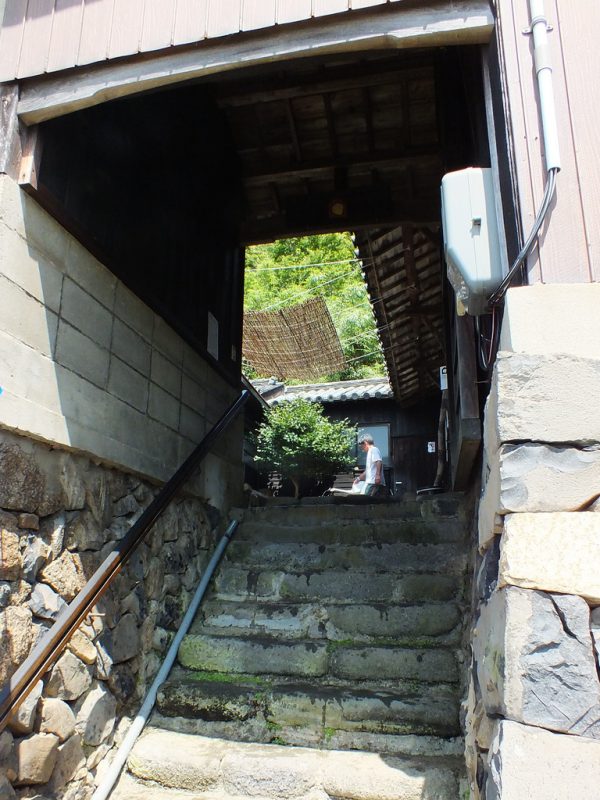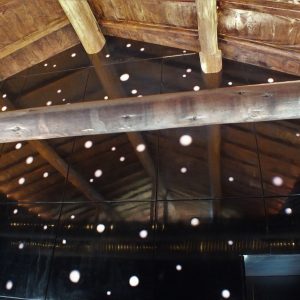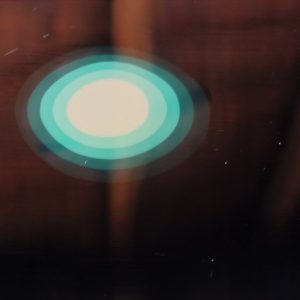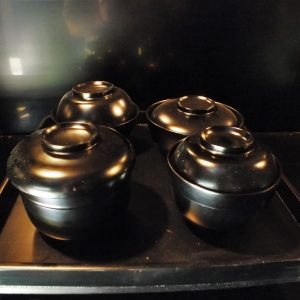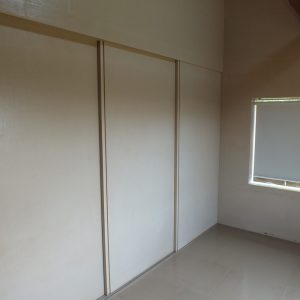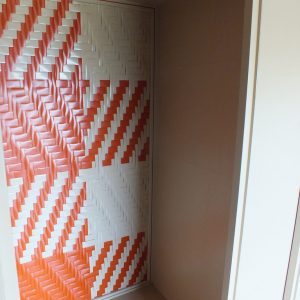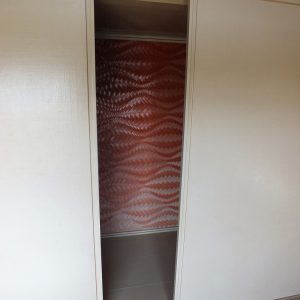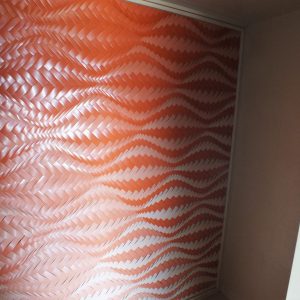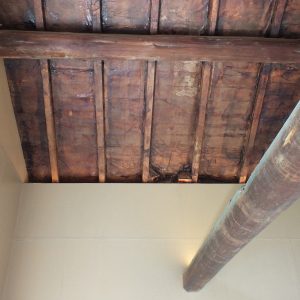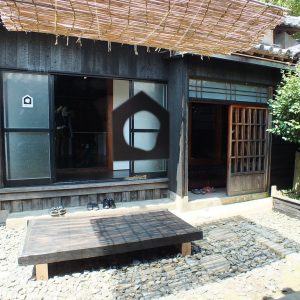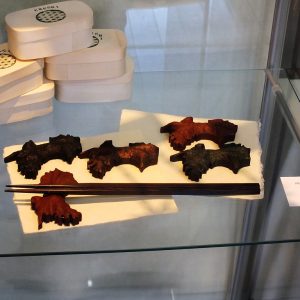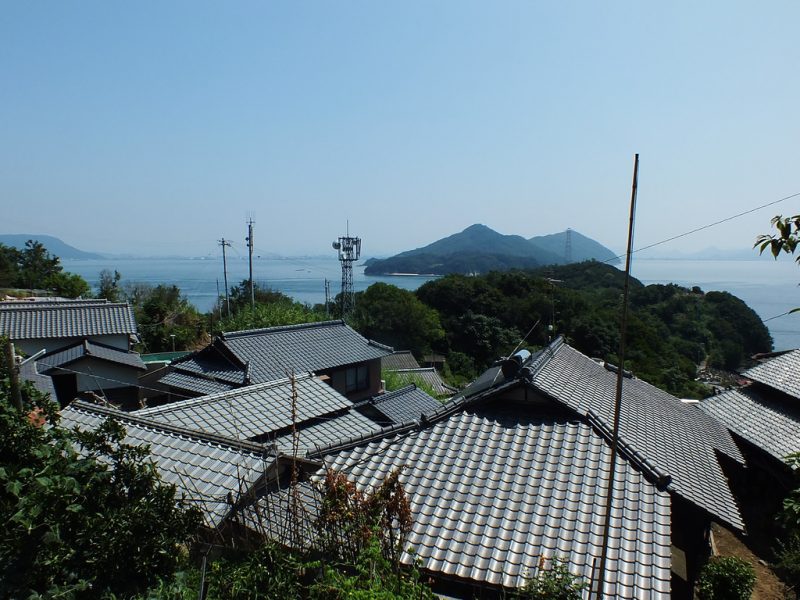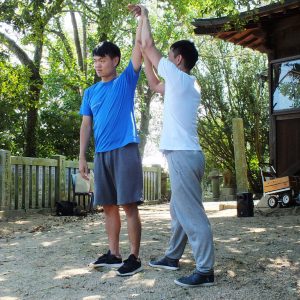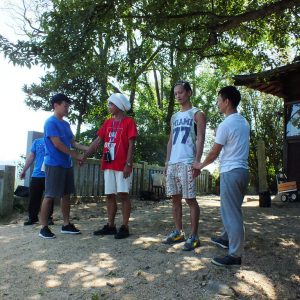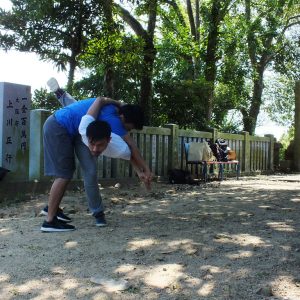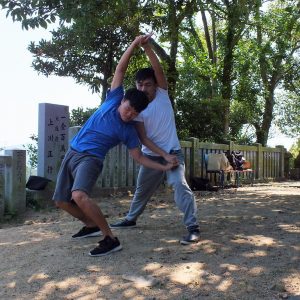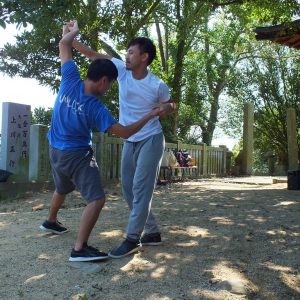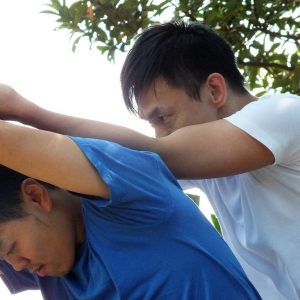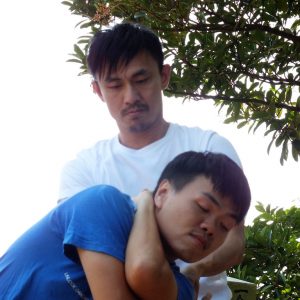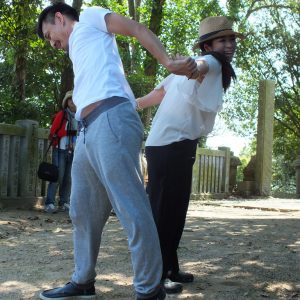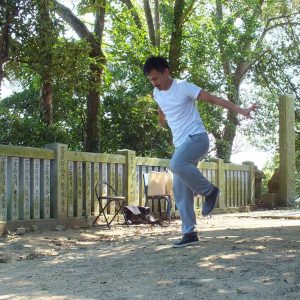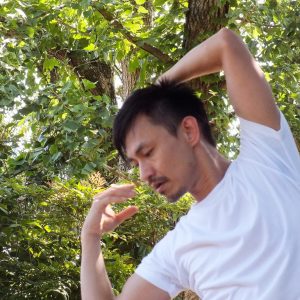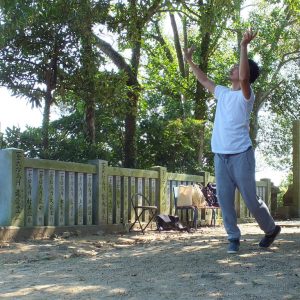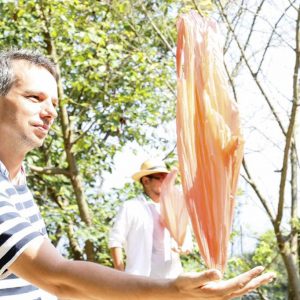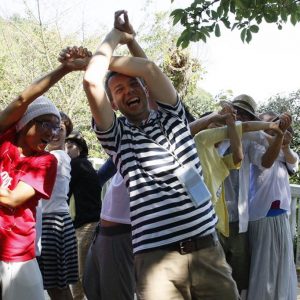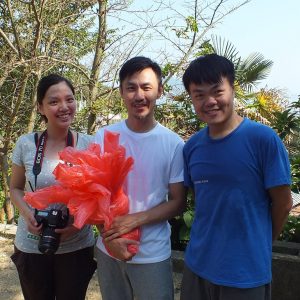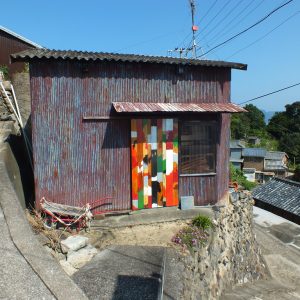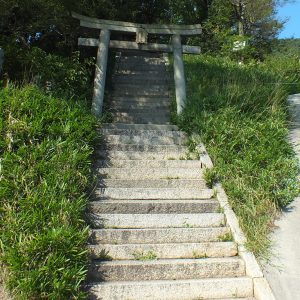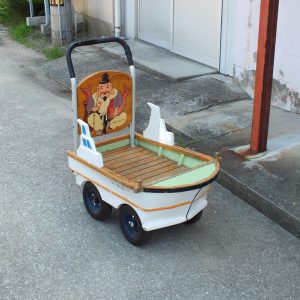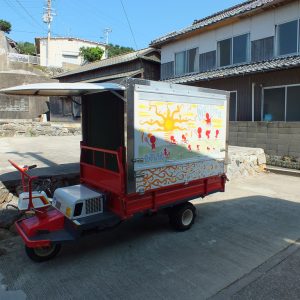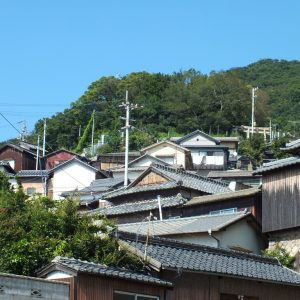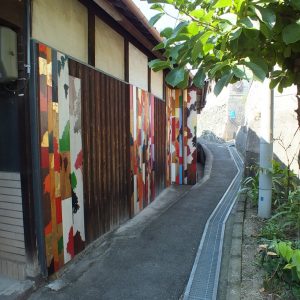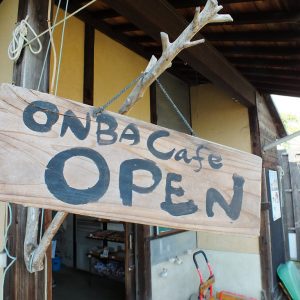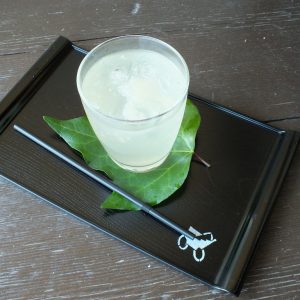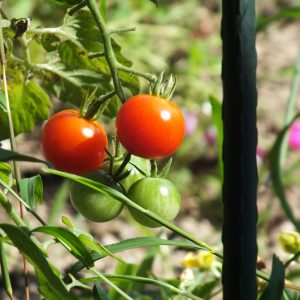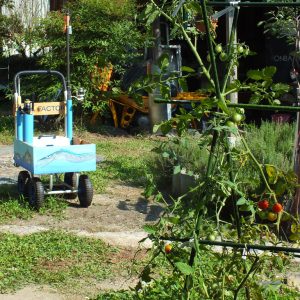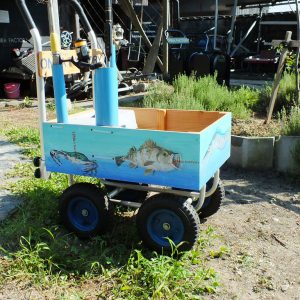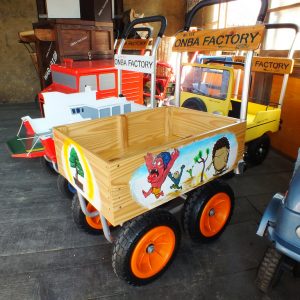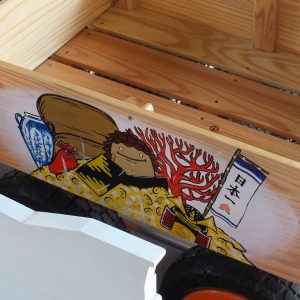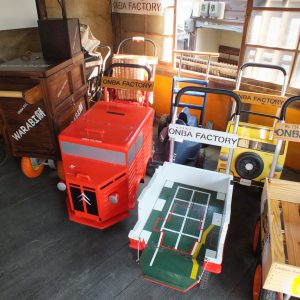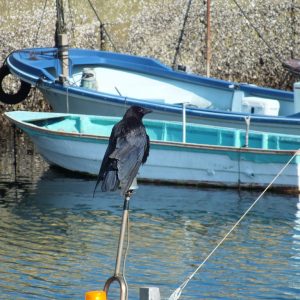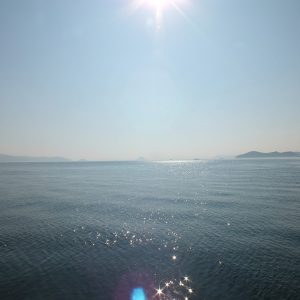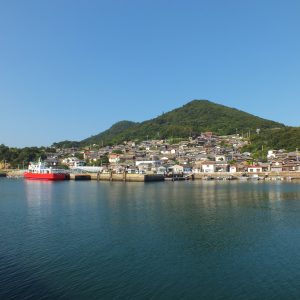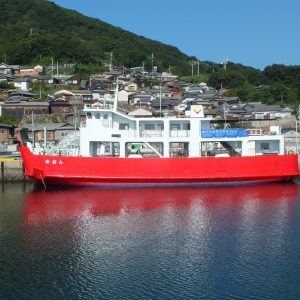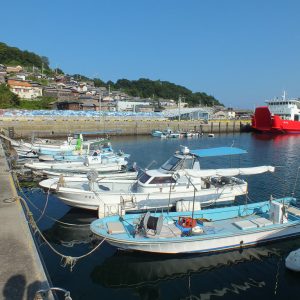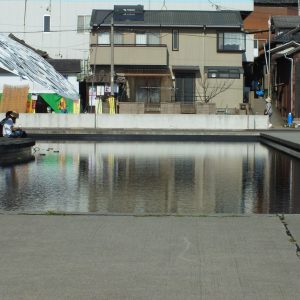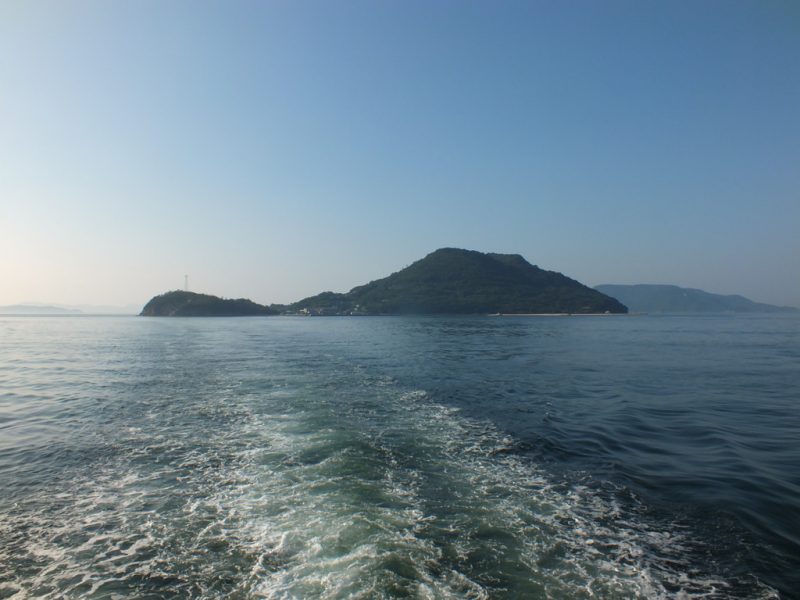You know what happens when you write two blogs in two different languages, with roughly (but not always) the same content? Sometimes, you “forget” some posts, sometimes you imagine that they exist when they don’t. And this is what happened to me a couple of days ago. Looking for a big post that I knew I had written, I was quite puzzled being totally unable to find it. Finally I found it… On my French blog… But I hadn’t written an English version yet. I hadn’t written it because – for some reason – I was convinced that I had written it first.
Oh well… I guess now is the perfect time to write it then. With this cold winter (the coldest since I’ve moved to Japan), it won’t hurt to write about summer, and it also won’t hurt to write a retrospective of the Setouchi Triennale 2016, as I have quite a few to write before 2019 (I know I won’t have time to write all of them, I still have some from 2013 to write… I guess this is the way it is).
So… The scene takes place on July 19th 2016, on the second day of the Summer session of the Setouchi Triennale 2016 on Ogijima. It’s a hot sunny day (about 35°C, that’s around 95° for the Farenheiters among you). Despite the heat, I wanted to go to Ogijima that day, first because being able to go on a week day during the Triennale is always priceless – the crowds are back to work, every day life on the island is almost back to normal, and also because there was a small event I wanted to attend that day.
First, I stopped to a brand new artwork that opened only the day before: Portable Light Keeper by Minouk Lim. Note that it was a temporary artwork and that it’s gone now.
On the first floor, some lamps and other elements and parts that belonged to old lighthouses, including some artifacts that used to be part of Ogijima’s Lighthouse.
When you arrive on the second floor, at first, it’s very dark :
And then, it’s not:
In front of the building, the artist had gathered a bunch of small objects from around the island and created a very cute decoration:
Dreaming of Blue by Regina Silveira (aka the School Gymnasium’s front wall)
Walking around Ogijima (and admiring the boats from Team OGI, including two new ones) among other things:
Next stop Ogi School PSS40 by The Group 1965 (Showa 40 Nenkai) that had opened its doors on the previous day too.
Before going any further I may need to explain a few things, that you may be aware of (if you’re a long time reader or went to Ogijima in 2013) or not. So, back in 2013, the Group 1965 had taken over Ogijima’s abandoned school, and they turned it into their own school / gallery for the time of the Triennale and longer if possible.
And if you don’t know them, the Group 1965 is a group of six Japanese artists (Makoto Aida, Oscar Oiwa, Parco Kinoshita, Sumihisa Arima, Hiroyuki Matsukage, and Tsuyoshi Ozawa) that decided to get together a while ago on the basis that they were all born in 1965. They all have different styles, different areas of interest and different personalities. They rarely work together (I mean, on the same works of art). Their whole idea is to see if being born at the same time, growing up and growing old through various historical and social events having the same age, etc, affected their art… or not…
And in 2013, they “reopened” the school, each one of them making one or several classrooms their own in order to exhibit their art, run workshops and more. In other words, the school had become their playground and their gallery, and they became the new teachers of the school. The project could have remained a permanent (or at least long term) one, but that was not meant to happen. This for the best of the reasons, though. Thanks to the revitalization efforts on Ogijima, several families moved back to the island in 2013-2014 (and more have arrived since), and it was decided to reopen the school. The old building was destroyed and a newer one (an up to date one as far as security norms are concerned) was built.
The Group 1965 had to vacate the place, but they did it with no hard feelings. During their time on the island in 2013, they really fell in love with the island and really bonded with the community. Between 2013 and 2016, they regularly returned to the island for various workshops and events, and they even created a common work (most of the group members, the locals, especially the local kids, and some friends and volunteers, including yours truly) on the temporary school’s fence.
In 2016, they returned for the Triennale, and opened a new “school” in an former ryokan, that closed a long time ago, at the entrance of Ogicho.
The project kept the same name as in 2013, that is Ogi School PSS40 (“PS” for Public School, “S40” for Showa 40 Nenkai).
The place was once again a gallery coupled with a school where “classes” (i.e. workshops and small conferences) were held and taught by the artists from time to time.
Here is what it looked like:
That day, Parco Kinoshita was present, teaching a sculpting class, the theme being turning pieces of wood into kappa:
So, the first floor (ground floor for British English speakers) was were the “classrooms” were located, and on the second flood, there were a few installations, including one common to the six artists and that was called The Same Days, the Same Mornings, and the Same Skies.
The quoted texts are from Hitomi Hasegawa, the Group 1965’s manager, as well as curator of this exhibit.
When I asked my friend why she stayed up so late like 2am or 3am, She said that ‘If I go to bed early, the morning comes so soon.’
Now I understand very well what she meant. I don’t wanna go to school right after waking up without spending my own time at night.” (from Twitter)
Here, in the first room of the Umenoya Ryokan, we reconstructed a high school boy’s room who lives in a remote and rural area like Ogijima. He has the kind of depressed feelings that adolescents often have; he is a quite typical young boy.
The fictional boy’s monologues are on the captions of the artworks/objects like Eboshi (Ozawa), the poster (Matsukage) and the mountaineering equipment that is found in the storage (Aida), drawings (Oiwa), books (Parco) and sound data (Arima).
Based on the research, there are books and the game live video on the table. The monologues are partially taken from Twitter.
The project addresses the issues around school life in marginal/rural areas and the increasing number of youth suicides in Japan. Seven youths from 15 to 24 years old kill themselves every day. Since the year 1990, Japanese youth suicidal rate has kept rising. This is the worst rate among developed countries.
We hope that this exhibition can be an opportunity to think about school education and issues about Japanese society in general.” (Hitomi Hasegawa – curator)
I had a dream. I was Heian Era (8th Century) and everyone wore an Eboshi hat. We always keep important things inside the Eboshi, they are with us whenever have an earthquake.”
Mom fixes my sack lunch every day. Sometimes, it smells bad in summer.
Leftover from yesterday’s dinner.”
I secretly downloaded this sound, three years ago, from the science room of the school. This sound was created and collected by a sound artist from Tokyo. Cool, isn’t it?”
Fun fact: this quote is a little meta, because those sounds are the ones collected and created Sumihisa Arima in 2013, for the previous project, in the old school.
Here, I forgot to write down the quote, but basically the boy insisted that he hadn’t built this device to hang himself, but he was afraid that if his mom finds it, she would think otherwise.
In the following room, a pretty cool and somewhat crazy installation by Sumihisa Arima and Oscar Oiwa:
Based on the story of St Antonius who taught fish, Sumihisa Arima surveyed the people of Ogijima to ask them what they’d teach to the fish if they were St Antonius.
There were a few more exhibits, but pictures didn’t do them favor.
Oh and if you’re curious to know what I look like when I wander aroundthe Seto Inland Sea’s islands in the heart of summer, here is the scoop:
Not my sexiest appearance, but I’d rather look a bit silly and not die from the sun on those kinds of days.
My next stop was Haruki Takahashi‘s Sea Vine, one of the oldest artworks on Ogijima (since 2010) and little did I know that it was one of the last times (if not the last time) I visited it. It recently has been dismantled, and I’m afraid that this wasn’t just for maintenance. I’ll keep you informed (I’ll know more in a month or so, I guess).
If you’re wondering if I really love all of Ogijima’s artworks, know that since 2016, the answer is unfortunately “no.” That year started an installation that I really really dislike. It’s called Rotation – Revolution by Tianmiao Lin.
On the Art Setouchi islands, one can usually find two types of artworks. The ones that were designed, imagined and built more or less independently from where the piece was going to be exhibited later on – and on the other hand, the ones that were born on the island where they are exhibited, sometimes created with the collaboration of the local population, almost always inspired by its cultural environment. Those artworks simply couldn’t exist anywhere else in the world, they truly belong to their island and are a part of it. They’re almost always a love message to the Setouchi area, its islands and its people.
It’s not hard to guess that my preference goes to the second kind, but don’t get me wrong, many artworks from the first category can also become an integral part of their location and make it even better to the point that one cannot imagine the place without its artwork. Naoshima’s famous pumpkins come to mind, and on Ogijima, Ogijima’s Soul can also be considered as such.
Ms Lin has invented a third category of artwork; the one that exploits, disrespects, almost insults its host island and its identity.
Why is that? Well, she created her art by collecting a bunch of random objects mostly coming from the various abandoned houses on Ogijima, as well as some objects that were given to her by the locals. With those, she created some pretty ugly, almost gross contraptions that – for some reason – rotate.
Now, I hear you. You’ll say that it’s all about taste and personal sensibility. I don’t like that kind of art, but maybe you do. Of course, that’s true.
That’s also, not my main issue with the installation.
Let’s start by looking at Mayumi Kuri’s Memory Bottle (ironically located nearby). See, Ms. Kuri also collected a bunch of objects, but she understood and cared that those objects had a history, used to belong to people, and the way she uses them reflects that. Her work honors these objects, their previous owner, their island. I’m not exactly sure what Rotation – Revolution is trying to achieve.
However, that’s still not the reason why I’m very unhappy about it. Do you see the third picture, above? Do you see how at the bottom you have uchiwa (fans) and on top you have something that looks like broken bowls? And do you know why those look like broken bowls? Because they are broken bowls! And not any random kind of bowls, but urushi bowls. Those bowls are precious. Maybe not because they’re expensive, but because those are symbols of the local culture, they are part of Ogijima’s heritage. They have great historical and cultural value. I’m not sure if she found them in an abandoned house or if they were given to her, but she thought that it was OK to break them in two to make her ugly rotating device with them. It was not.
The devil’s advocate would tell me that the artist is not Japanese and maybe she didn’t know all of that. Well, here lies the problem. She did spend some time on the island. And every single artist who did just that fell in love with the island and its community, some even moved to the island afterwards, all of them remained strongly attached to it. Except her. She just took what she needed, created her thing with it, without much consideration or care for anything and anyone else. And honestly, she may not be Japanese, but she’s East-Asian, she knows what lacquerware is, and why it matters.
Also – and maybe I shouldn’t say that here publicly – but it’s not just my opinion. It was forged by various things I’ve heard on the island, some people are quite unhappy that she destroyed those bowls. Of course, Japanese people would never say it openly, that’d be extremely improper – so I use my position of “barbaric gaijin” to say it for them (of course, I will not name my sources, I don’t want to create trouble if those words come in front of certain eyes).
The bad news is that the artwork is permanent (or at least long term). The good news is that it’s very isolated and easy to avoid – also shortly after the summer session, it was damaged by a typhoon. Karma…
OK, here ends my rant. Let’s move on to more positive things (that is almost everything else that can be found on the island).
There isn’t a best way to wash my eyes after that other than visit Maison de Urushi?
One day, I really need to take the time to tell you why the entrances of some houses on Ogijima look like this (hint: it has to do with pirates!)
It’s a shame that these days it’s only open during the Triennale. It really had potential for more (basically creating crafts on the island and such).
Next, onto Toyotamahime Shrine because it was soon time for the reason of my trip to Ogijima that day.
See, during the first weeks of the Setouchi Triennale’s summer session in 2016, there was a large scale event called “Asia Performing Arts Market in Setouchi” and happening in several locations all around the various islands.
What was it? Performing artists (dancers, acrobats, musicians, mimes, puppeteers, etc) who came from 12 different Asian countries spent the first two weeks of the session on the various islands, then gathered in Takamatsu during the week-ends for various shows and performances. On the islands, they weren’t just mingling and connecting with the local population (well, they were also doing that). It was also a great opportunity to meet, exchange and learn about their art. And that week, on Ogijima, a dancing troupe from Hong Kong called Unlock Dancing Plaza ran a dance workshop that was really fun and interesting.
As I just said, it was a great opportunity for (inter)cultural exchanges in a ways that (almost) only the Triennale can offer. And as the dancers spoke English, for the first time in a very long time during the Triennale, I didn’t depend on some translation that may or may not be there to understand what’s going on. This time, it was the Japanese audience who needed a translator, and for once, it was fun to be able to laugh at the jokes 15 seconds before everyone else – that is when the Japanese audience understood the jokes.
A few pictures, a video and some words of explanation:
The first exercise (on the pictures and the video) consisted in holding your partner’s arm, except that said arm need to remain completely limp and dependent on the arm that held it. When our professionals did it, the result was quite impressive. When it’s your turn to do it with someone you don’t know, it’s a bit more comical, and when everyone does it together in a circle, it becomes some kind of “stadium wave” and soon after a big funny mess.
Concerning the picture where you can see me with some orange plastic erupting from my hand, it’s actually a balancing exercise. Those Hong-Kong supermarket bags are very light, but remain straight when given that position. We had to put them in this elongated shape and then in the palm of our hand and see who could balance them the longest. I found out that I’m very talented with that totally useless skill.
(the picture where you can see me were taken by Junko Fukui by the way)
In the second part of the video, the dancer in blue, James Yau, is basically improvising and being directed at the same time by Yonglock Ong, who is the artistic director of the group. A pretty intense performance, especially in that heat. Finally, in the first part, Yonglock Ong did a small and beautiful solo.
(unfortunately, the cicada had decided to be part of the event too, and the music is sometimes hard to hear – for some reason my camera decided to catch the sound of the insects more than the sound of the stereo 
And no day on Ogijima is complete without spending some time in one of my favorite places on the island (or even in Japan – I mean it), the Onba Factory and Onba Café:
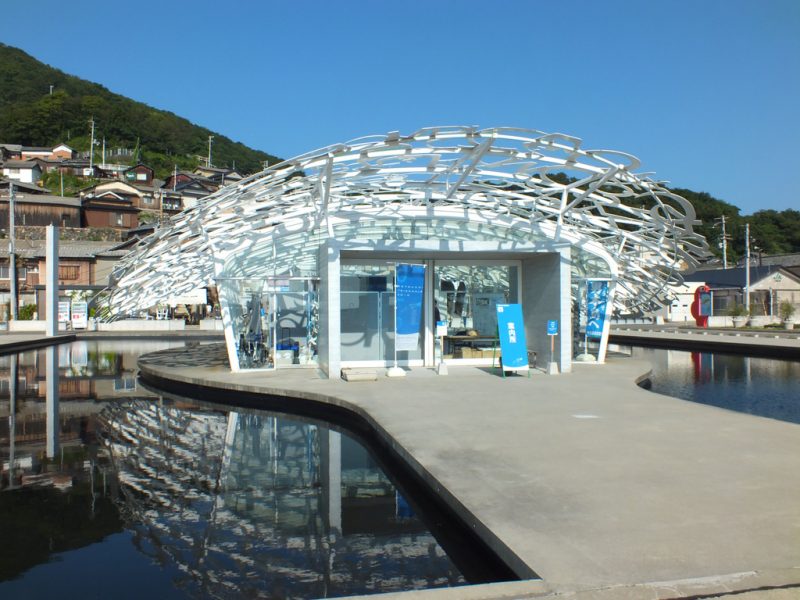
Soon it was time to wave goodbye to Ogijima and return home to Takamatsu.
(and thank you for reading until the end, it was one of the longest posts I’ve written in a while, sorry to make you suffer through many typos and such)
